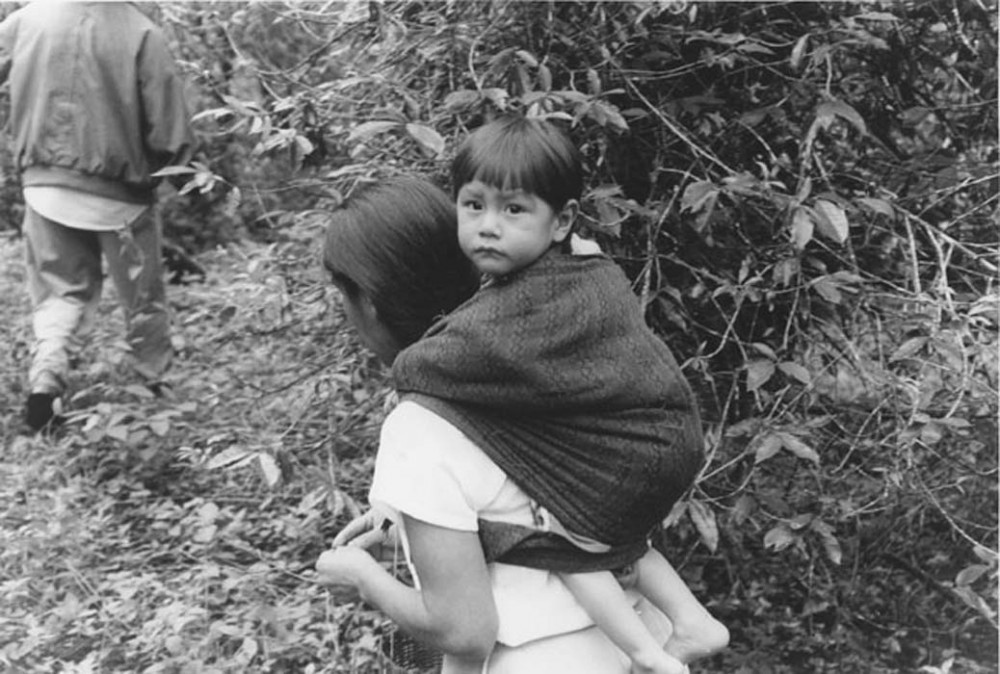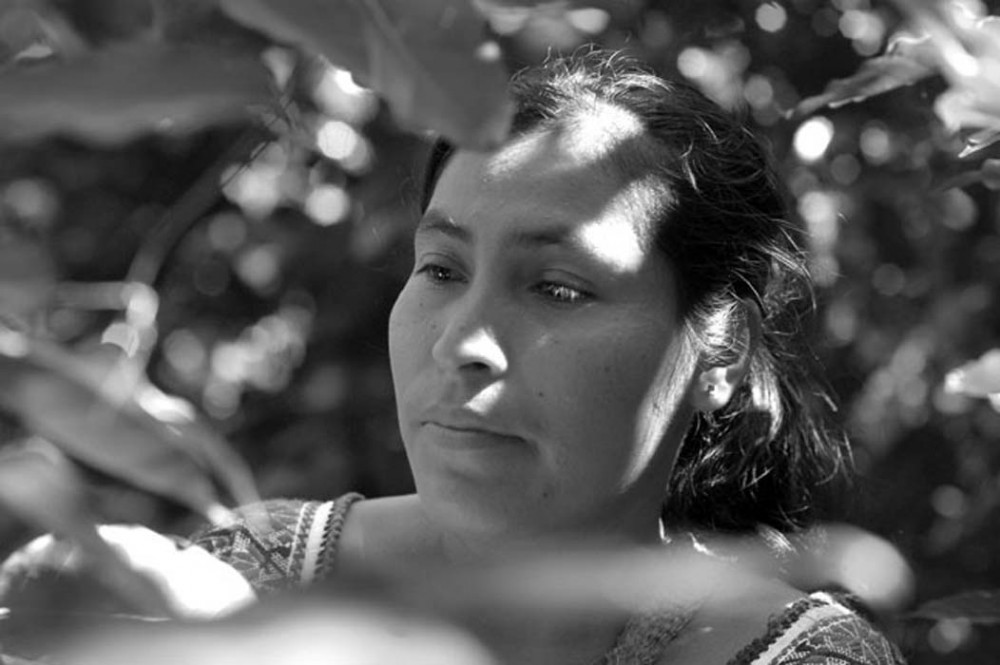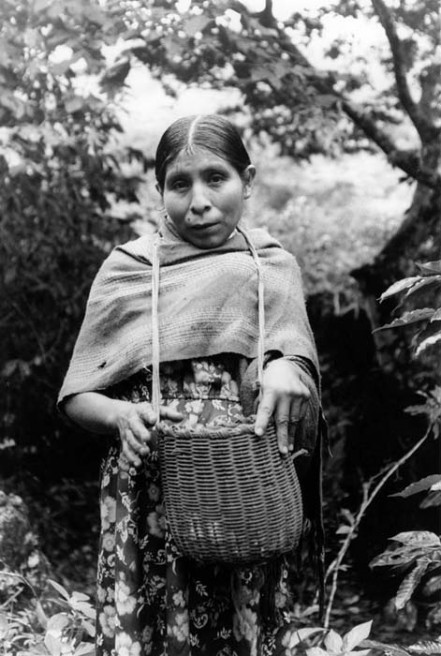El Campo: La Crisis En Silencio/Rural Mexico’s Silent Crisis
Mexico’s rural area—el campo—is in crisis. Over 80% of campesinos (rural workers or small farmers) are defined as “extremely poor” meaning they earn less than $2 a day. They’re receiving less revenue for the crops they grow at a time when the cost of growing those crops has increased five-fold and the cost of food staples—corn, beans, rice—have increased 80% to 100%. And now, largely due to trade agreements and the Mexican government’s own agricultural policies, produce imported from the US often sells for less than Mexican-grown produce. Campesinos with a couple of acres of land are competing with multinational corporations.
I have now made three extended trips to rural Mexico, staying for several weeks each time. I have spent time in about 20 villages spread over six states, photographing campesinos who grow gourmet coffee, nopal (an edible cactus), jicama (a root vegetable), cacao and vanilla. They also grew corn and beans for autoconsumption. The story is the same in every village: dire poverty. Campesinos farm 1 or 2 hectares of land (2 to 5 acres), virtually all the work being done by hand with a machete as their only tool. They work bent over, using the machete to chop at weeds or to cut the tops of jicama plants, to clear away brush as they walk to their cafeteles and to cut down the caña and bamboo they sell. Their harvest is collected in woven baskets, plastic cartons or large bags which when full can weigh 70 or even 100 pounds. These are hoisted on their backs and carried to a nearby truck, up a hill to a bus stop or, in villages like San Martin, Oaxaca, 7 hours through the mountains. Their work is done under a punishing sun for 8 to 10 hours a day, 6 or 7 days a week. For this they earn a few thousand pesos a year, if they’re lucky. As Efrén said, "We do not earn enough to live, just enough to survive."
Those without any land work as jornaleros (day workers) and typically earn 80 to 100 pesos a day, although some earn up to 250 for certain harvests. Agapito, a man I spoke with who works in jicama in Tlaquiltenango, Morelos, said he ate well enough when there’s enough work. “And when there isn’t enough work?” I asked. “When there isn’t enough work,” he replied, “I eat less.”
El campo is bleeding its people, especially its young. With little to look forward to except too much work and too little pay, they’re leaving for larger cities like Oaxaca, Puebla and Mexico City where most end up working in the informal economy. Most hope to make it into the US where wages are certainly much higher, but it's almost impossible for a campesino to enter the US legally. It costs $3,000 to be smuggled in, a huge amount for a campesino, and the trip is becoming increasingly dangerous as drug gangs continue to prey on migrants.
The only glimmer of hope lies in organizations that promote fair trade: organizations like Instituto Maya, Comercio Justo Mexico (Mexico Fair Trade) and Tosepan Titataniske (a Nahuatl phrase meaning, “Together We Will Overcome”). They pay campesinos more for their goods and provide programs designed to lift them out of poverty. A recent study showed that fair trade can double the income of a campesino who grows coffee. These organizations are also working to preserve traditional ways of living and are promoting organic farming and sustainable living. In spite of all the good these organizations are doing, I don’t know if el campo can survive. I fear that it can’t.
Joseph Sorrentino
Email: joso1444@usa.net
Website: www.sorrentinophotography.com
























